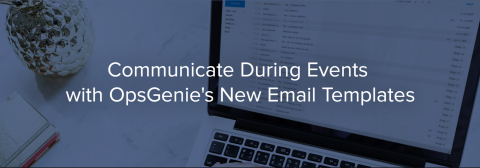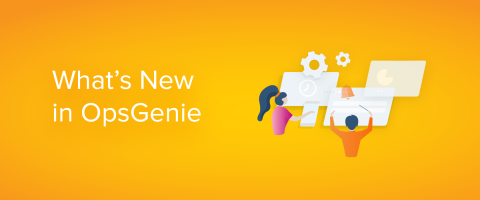The Language of Incident Management
Language used across the high technology ecosystem is dynamic to say the least. Nowhere else can you find a mixture of technical jargon seamlessly intertwined with references from science fiction, mythology, pop-culture, literature, and more. While this makes conversations heard across technical environments colorful and engaging, it also makes communications allegorical and metaphorical— opening them to variable interpretation.







